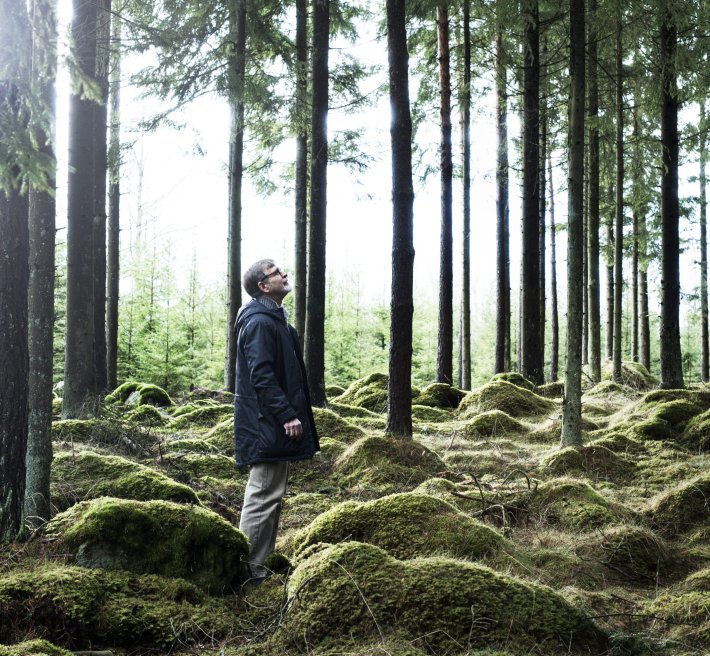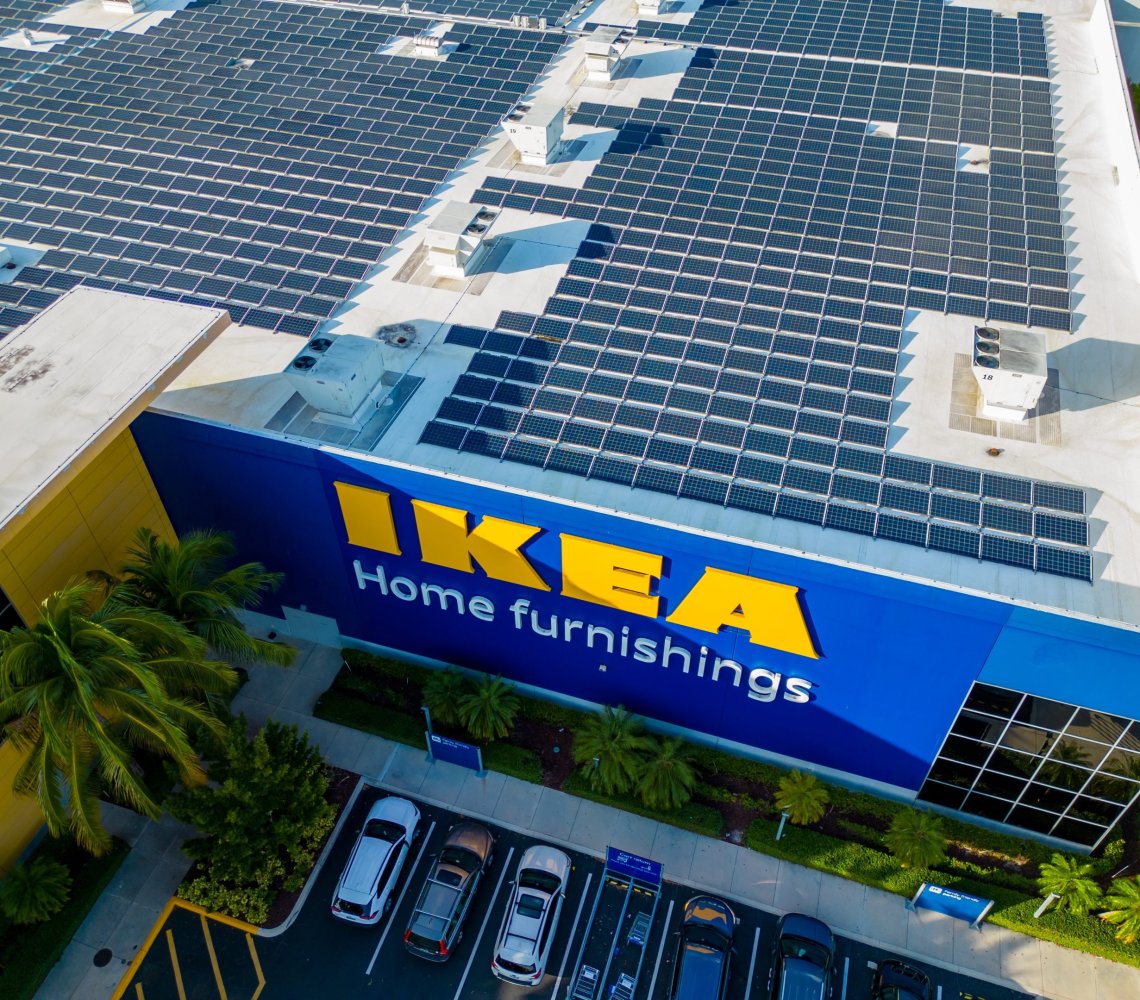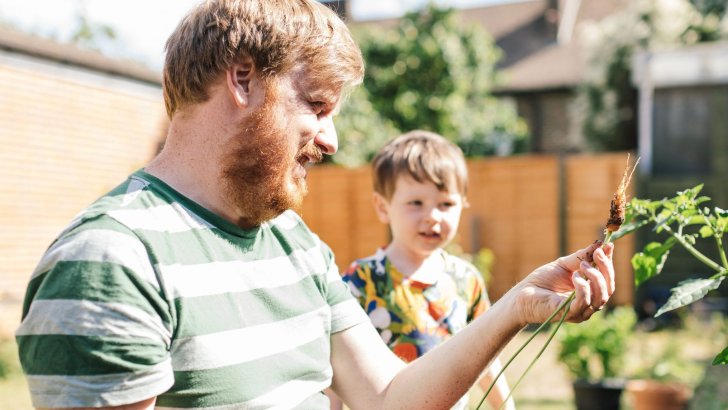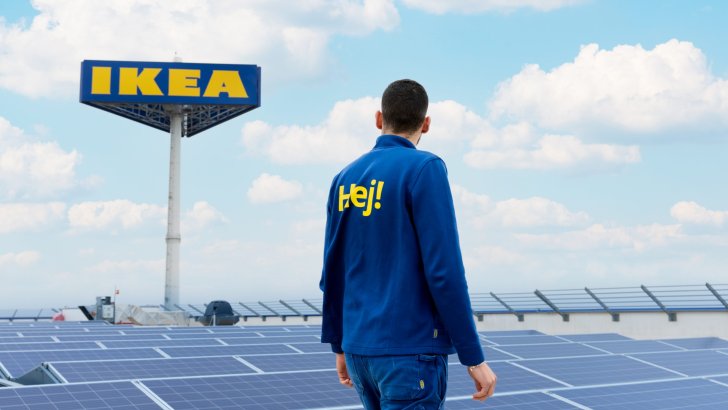We know we have a huge responsibility –and many opportunities – to make a positive difference on climate change. As stubborn optimists, we believe that we can create a better future.
There are many existing solutions to tackle the climate crisis, but we urgently need to accelerate action. This can offer new opportunities for job creation, innovation, economic growth and reduced energy costs. And we’re proving that it’s possible to reduce our climate footprint while increasing our revenue. Since our baseline year 2016 we have reduced our climate footprint in absolute terms by -30.1% across scope 1, 2 and 3, while growing our business by 23.7%. This reduction is coming primarily from implementing carbon saving measures, such renewable electricity and energy efficiency; however, changes in our business operations and sales have also contributed.






